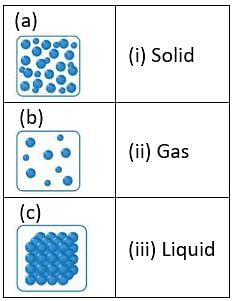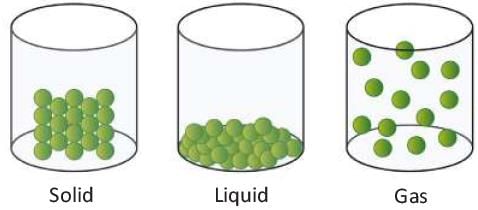Olympiad Test Level 1: Science and Technology - 2 - Class 4 MCQ
15 Questions MCQ Test - Olympiad Test Level 1: Science and Technology - 2
Which of the following is an input device?
| 1 Crore+ students have signed up on EduRev. Have you? Download the App |
Who invented incandescent light bulb?
These are the eye glasses with two distinct optical powers. These are commonly prescribed to people with presbyopia. These were invented by Benjamin Franklin. Which type of lenses are these?
Particles of solids are________as compared to that of gases
Matter is made up of ____________
State of matter with fixed volume which can be compressed slightly is________.
Book comes under the category of __________.
On adding salt to water while boiling, the boiling point of water is .
Which of the following are considered as solid?
Tea leaves, Sugar, Tea, Cup, Milk
___________is called brain of the computer.
The surface of metals is _________.
State true or false:
Monitor works as an input device in a computer.
Match the following in terms of different states of matter.



















